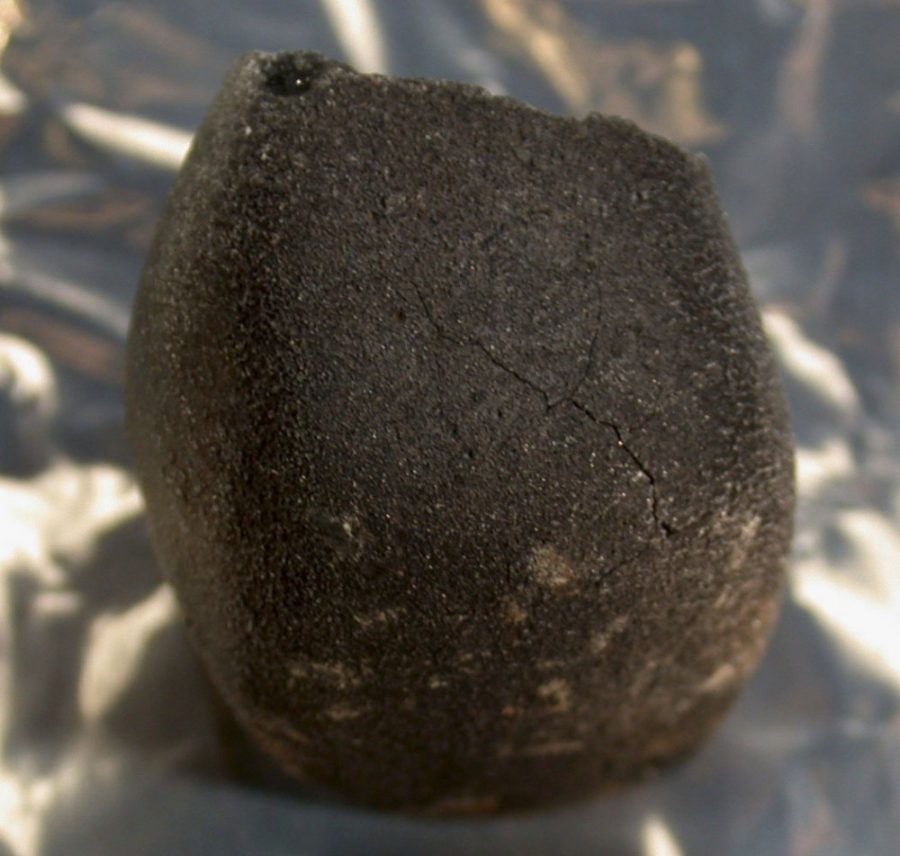Meteorite hunter Robert Ward has donated a piece of one of the rarest meteorites ever found to the UA Lunar and Planetary Laboratory to possibly help answer questions regarding the earliest forms of life.
The meteorite fell on April 22, and was found two days later on a sawmill called Sutter’s Mill, in southern California by Ward. The UA holds 15 of the 410 grams found. The nature of the samples vary from being found before and after rains occurred, giving researchers a variety of contamination levels.
“We can get a good understanding of what exposure, even brief exposure on the surfaces of the Earth, will do to contaminate the meteorites,” said Dante Lauretta, the principal investigator of the OSIRIS-REx Asteroid Sample Return Mission, and a professor in the Lunar and Planetary Laboratory. “We’re using this meteorite to test-run what we’re going to do with our sample when it’s back on Earth in 2023.”
The spacecraft will land at the Utah Testing and Training Range.
The samples of the meteorite were classified as a carbonaceous chondrite, similar to what scientists expect to find on the OSIRIS-REx mission’s target asteroid 1999 RQ36, according to Ed Beshore, the mission’s deputy principal investigator. Carbonaceous chondrites represent less than 5 percent of all fallen meteorites. These certain types of samples contain “condrills,” small round objects made up of materials that researchers believe are directly traceable to the beginning of the solar system.
“Is there a chemical pathway that we can take from the solar nebula, which we call a disk, to the origin of life?” Lauretta asked. “That is the holy grail of this kind of science.”
A selection of the meteorite will be cut into smaller pieces for careful analysis. The laboratory is collaborating with cosmochemists outside of the university who have access to machines that the UA does not, Beshore added. The laboratory is also considering proposals for unique insight on the meteorite.
These meteorites, even in small quantities, are worth thousands of dollars.
“One we purchased, called FM1, was worth $15,000, and was 3.35 grams,” said Kayla Niu, an assistant in the primary investigator’s office for OSIRIS-REx.
The mission itself is expected to cost $800 million. Niu explained that the mission will bring $130 million in revenue across the state.
The OSIRIS-REx mission will launch in 2016 and will be the second attempt at gathering testable samples from an asteroid.









